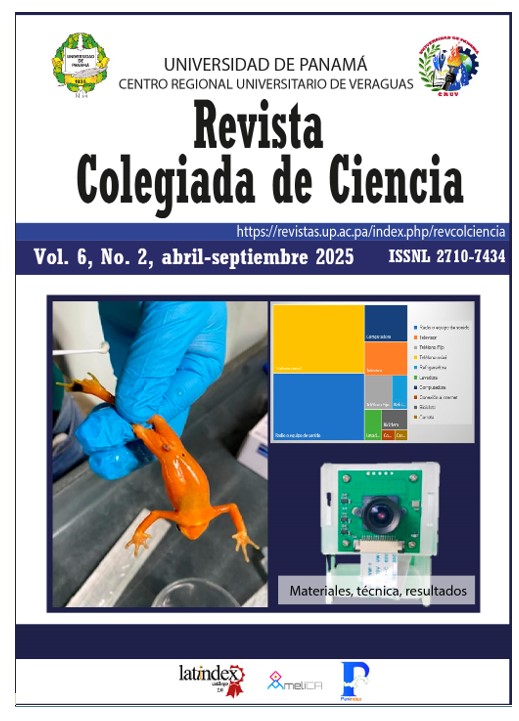

This study assesses ergonomic risks in manual material handling between conveyor belts, highlighting the importance of ergonomics training in technical and vocational education. Through a case study at Operadora de Transporte y Logística (OTL), compliance with regulations and its impact on occupational safety are analyzed. The methodology combines worker interviews, technical assessments, and ergonomic evaluation tools, applying the NIOSH lifting equation and Snook and Ciriello tables to quantify risk levels. The results reveal high-risk conditions due to excessive load handling (32 kg), improper postures, and the absence of mechanical aids, factors that significantly increase the likelihood of developing musculoskeletal disorders. The obtained Lifting Index (LI) substantially exceeds recommended safety thresholds, confirming an unacceptable level of exposure. The study underscores the need to strengthen occupational safety training in logistics and operations education programs, fostering a preventive culture.
Integrating ergonomics into curricula and certifications is recommended as a key strategy to reduce workplace accidents, enhance worker well-being, and improve conditions in environments where manual and automated processes intersect.